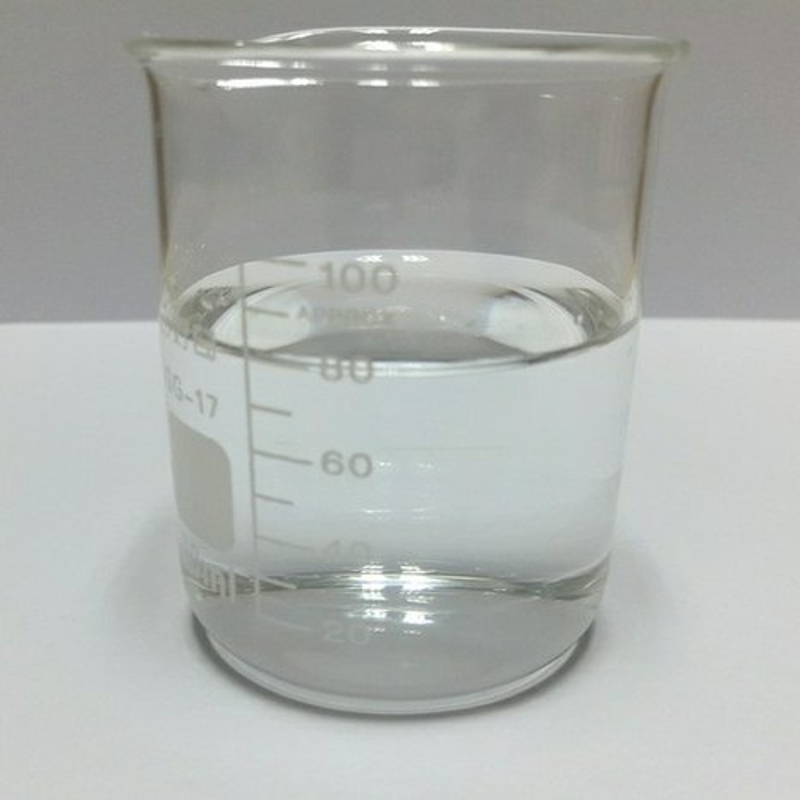IUPAC Name
poly(oxyethylene)
Cas Number
25322-68-3
HS Code
3907.29.11
Formula
(C2H4O)nH2O
Industry
Textile Chemicals
Appearance
Clear Colorless Liquid
Common Names
PEG, PEG 200, Polyethylene oxide, Polyoxyethylene,
Packaging
80 @ 225 kg Steel Drum/ 316 @ 57 Kg Iron Drum. 18 MT
Brief Overview
Polyethylene Glycol (PEG) stands as a polyether compound possessing hydrophilic and nonionic characteristics. It is alternatively referred to as polyethylene oxide (PEO) or polyoxyethylene (POE), differing based on its molecular weight. Its molecular formula, (CH2CH2O)n, denotes the average count of oxyethylene groups, typically falling within the range of n = 5 – 182 for standard PEGs (averaging MW 200-8000). PEG is recognized for its non-toxic, non-irritating nature, serving as a moisture-retaining chemical. Its notable solubility and lubricating properties make it extensively applicable across various industries.
Manufacturing Process
Polyethylene glycol is created through the interaction between ethylene oxide and water, ethylene glycol, or ethylene glycol oligomers. This reaction is catalyzed by either acidic or basic catalysts. The process starts with ethylene glycol and its oligomers as raw materials, and the resulting polymer chain length varies based on the ratio of these reactants.
The equation representing the reaction is:
HOCH2CH2OH + n(CH2CH2O) → HO(CH2CH2O)n+1H
The catalyst type determines the mechanism of polymerization, which can be either cationic or anionic. The anionic mechanism is preferred due to its ability to yield PEG with low polydispersity. Notably, the polymerization of ethylene oxide is an exothermic process.
Textile Industry
Polyethylene glycol (PEG) finds diverse applications in the textile industry:
1. **Textile Processing:** PEG is utilized as a wetting agent to aid in the penetration of dyes and chemicals into fibers. It improves the spreadability and absorption of dyes during the dyeing process, ensuring uniform coloring.
2. **Sizing Agents:** PEG serves as a sizing agent to enhance the strength and flexibility of fibers, particularly in weaving. It helps control the yarn's smoothness, making it easier to handle during the weaving process.
3. **Finishing Processes:** PEG is used in finishing treatments to impart softness to fabrics, improve their hand feel, and reduce static electricity. It contributes to enhancing the overall quality and comfort of textiles.
4. **Dye Fixation:** In certain cases, PEG is employed to fix dyes onto fabrics, ensuring better colorfastness and durability of the dyed materials.
5. **Cleaning Agents:** PEG-based compounds are used as cleaning agents in textile machinery due to their mild and effective nature in removing residues and contaminants without damaging equipment.
Overall, PEG's properties of enhancing dye penetration, improving fabric qualities, and its mild nature make it a versatile component in various stages of textile processing, from dyeing to finishing.
